<29>, for disklavier, ensemble (fl, cl, sx, tbn or vc, e-guit, perc., piano) electronics and video (duration: 28')
<29> has 3 parts, each of them was written (and played) in different years (1st part in 2014, 2nd part 2018 and 3rd part 2016). It was written originally for the CrossingLines ensemble, but later I adapted the piece a little to the Ensemble Mosaik's instrumentation and changed the original trombone part with a cello. The original idea for the video part was just to show the live performance of the piano player and the disklavier in 2 different screens (just the keyboards), and so it is for the first part. For the next parts I later decided to develop new visual ideas, so in each part the video has a very different relation with the music. 29 is like a mosaic of different ideas, showing different aspects (and periods!) of my music, but there's a common element in all of them, a multilayered but simple idea of Human vs Machine, and different transitions and contradictions between them.
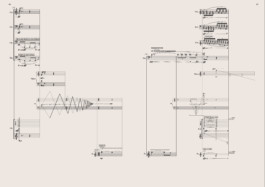
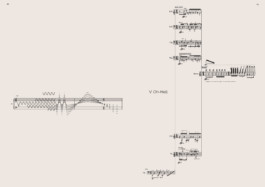
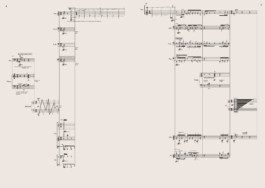
Full score available here
"Rodríguez-Valenzuela's <29> (his 29th Opus), whose three characteristic individual movements were created at different times, impresses with the precisely designed succession, interplay and symbiosis of the most diverse acoustic spheres. Breathing organisms meet rattling machines, geometrically inspired, sharp-edged sound cascades of the Disklavier and the maximum differentiation of ensemble sound and texture.
Meticulous writing reflects the composer’s highly deterministic attitude, creating complex, meaningful interconnections of different levels of design and modalities of perception with a stunning abundance of characters and variety, representing visual artworks in their own right.
Here, an unconditional creative will prevails, permeating space and time down to the smallest detail, melding together with an immense amount of work and almost inexorable access to the musculoskeletal system of the musicians". (Michael Zwenzner, www.progettopositano.org)
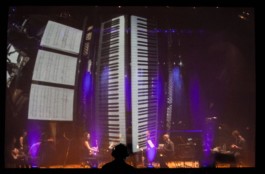
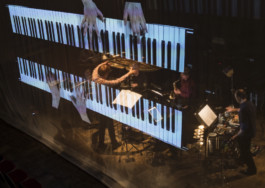
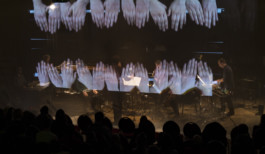
"29, by Manuel Rodríguez Valenzuela, is perhaps the piece that has most defined the trajectory of CrossingLines in its first decade as an ensemble. The first part of this piece had its premiere in January 2014, in a concert that could be considered to be the embryo of the Sampler Series festival. 29 was introduced to us by a meticulous and fascinating composer. The work had a certain robotic air that linked it to the theme of the concert and its fascination with technology and robotics associated with Japanese culture. On the one hand, for instrumental aspects - such as the use of the disklavier and small old floppy disks that make several (tuned) sounds synchronized with the rest of the ensemble - but also for a narrative that could be described as almost mechanical, a very particular feature of the composer (especially in those years) that consists in organizing the musical elements or ideas in a careful succession, articulated in very clear and extremely delimited fragments. The sound search and the extremely imaginative use of the instruments constitute a second, very idiomatic, trait of Rodríguez Valenzuela and which, by no means, is a trivial manifestation of artificial effects, but is due to the delicate construction of a world of its own, built by a multitude of small ideas that specifically articulate his voice, and which he has sought, experimented with and designed for himself. The premiere tested the limits of the productions made with the available means to us through a rather unusual proposal in the field of new music in Barcelona.
An important element of the second part is that during its execution, a recording of the Ballade op. 10 no. 4 of Brahms is played, slowed down and stretched to 8.8% of original playback speed. This reflects a vital trait of the composer and possibly not quite known: being an excellent and tireless listener, and having a very high knowledge of many and varied music". (Luis Codera, http://samplerseries.blogspot.com/)